What’s Up For February 2016?
What’s Up for February 2016?
Five morning planets, Comet Catalina passes Polaris and icy Uranus and icy Vesta meet near Valentine’s Day.

February mornings feature Mercury, Venus, Saturn, Mars and Jupiter. The last time this five-planet dawn lineup happened was in 2005. The planets are easy to distinguish when you use the moon as your guide. Details on viewing HERE.
If you miss all five planets this month, you’ll be able to see them again in August’s sunset sky.

Last month, Comet Catalina’s curved dust tail and straight ion tail were visible in binoculars and telescopes near two galaxies that are close to the handle of the Big Dipper. Early this month, the comet nears Polaris, the North Star. It should be visible all month long for northern hemisphere observers.

There will be more opportunities to photograph Comet Catalina paired with other objects this month. It passes the faint spiral galaxy IC 342 and a pretty planetary nebula named NGC 1501 between Feb. 10 – 29. For binocular viewers, the magnitude 6 comet pairs up with a pretty string of stars, known as Kemble’s Cascade, on Feb. 24.

Finally, through binoculars, you should be able to pick out Vesta and Uranus near one another this month. You can use the moon as a guide on Feb. 12, and the cornerstone and the corner stars of Pegasus all month long.

For more information about What’s Up in the February sky, watch our monthly video HERE.
Make sure to follow us on Tumblr for your regular dose of space: http://nasa.tumblr.com
More Posts from Alitheastronomer and Others
The night sky. 09/03/15 Watch as the colour of the sky changes due to the rising Moon. This was a 4 hour time lapse recorded last night from 21:00-01:00.

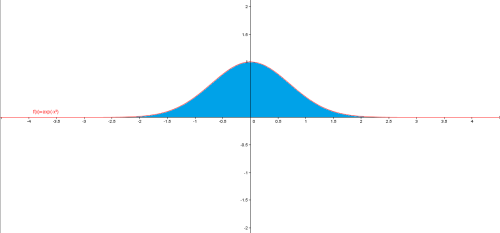
The Gaussian Integral is a beautiful integral for which the area between the e^(-x^2) and the x-axis from negative infinity to positive infinity perfectly equals the square root of pi. Image sources: 1, 2.
These colors are amazing!
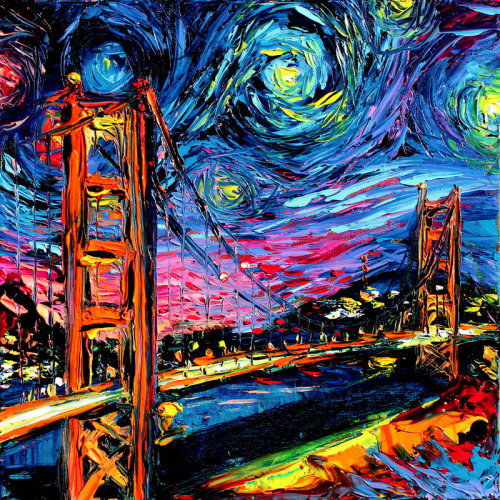
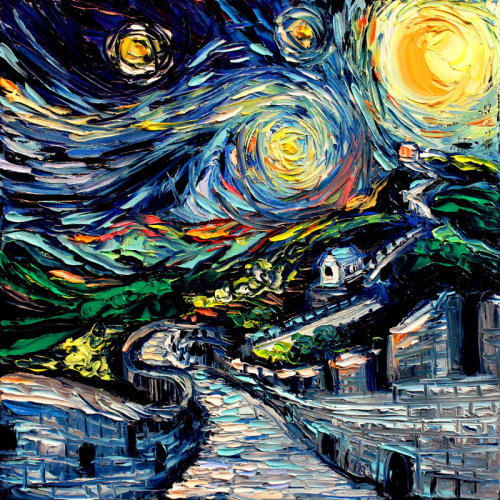
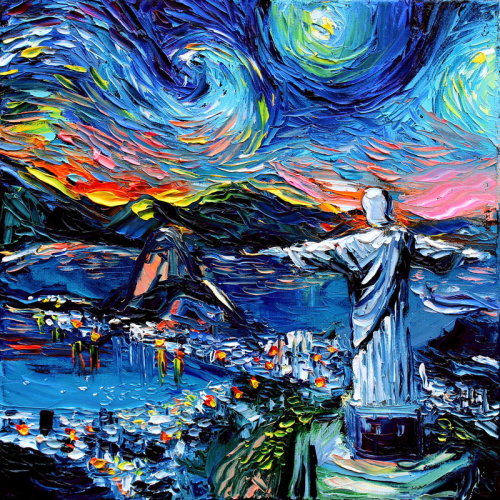
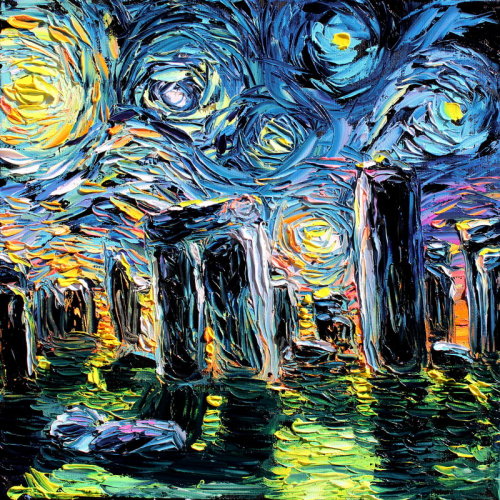
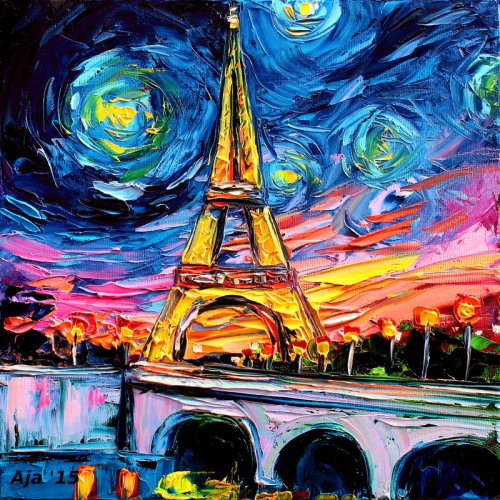
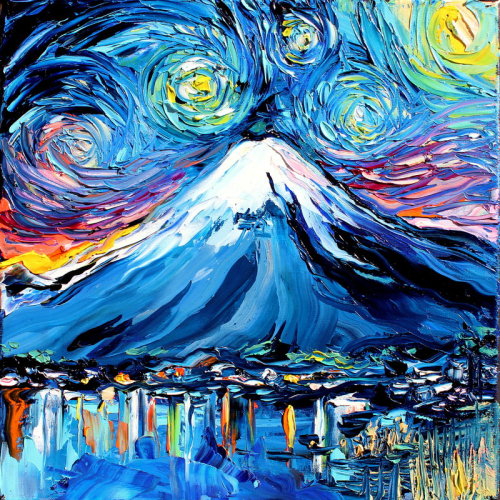
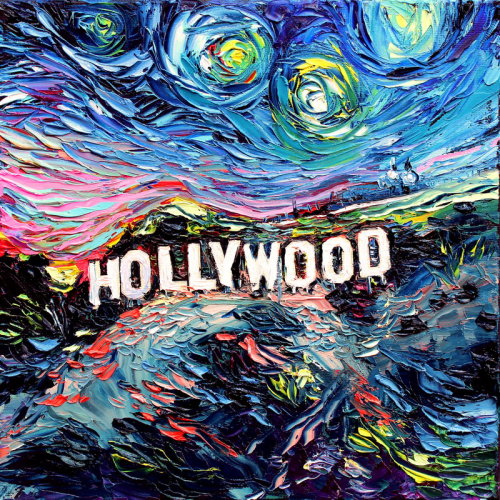

Aja Apa-Soura van gogh never saw golden gate van gogh never saw the great wall van gogh never saw christ the redeemer van gogh never saw stonehenge van gogh never saw eiffel van gogh never saw mount fuji van gogh never saw hollywood van gogh never saw taj mahal
more by Aja Apa-Soura: x

NGC 4522
js
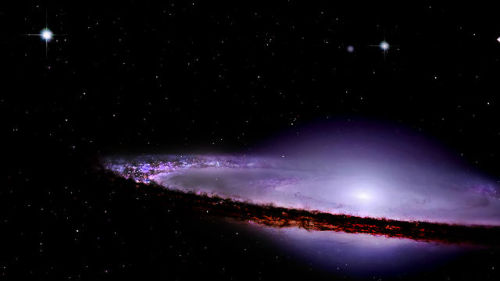
The stunning Sombrero galaxy (seriously, there should be a blog that’s just photos of the Sombrero galaxy)
I'm so glad to see this trend and I look forward to seeing it continue!
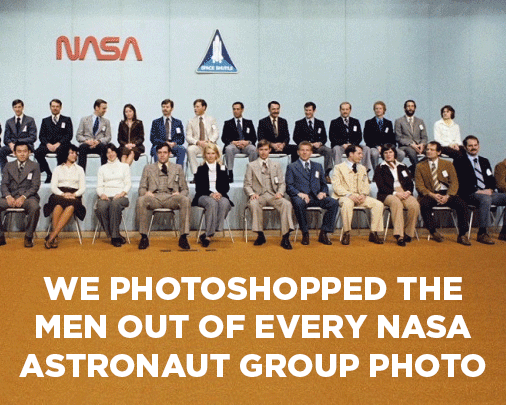
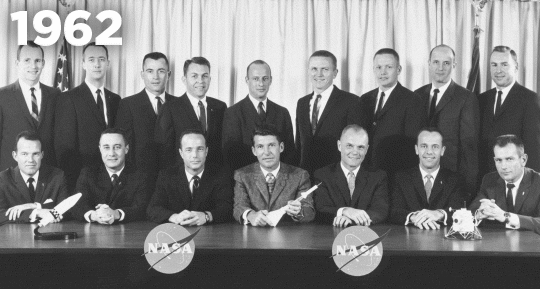
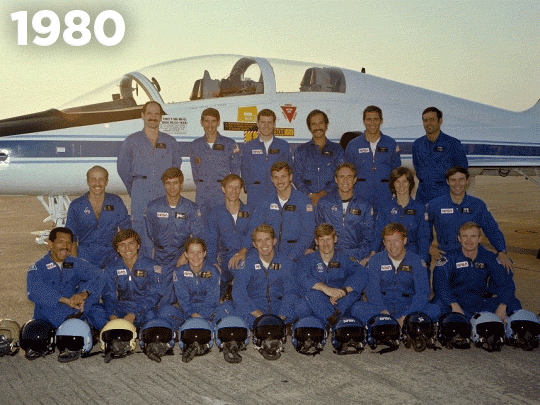
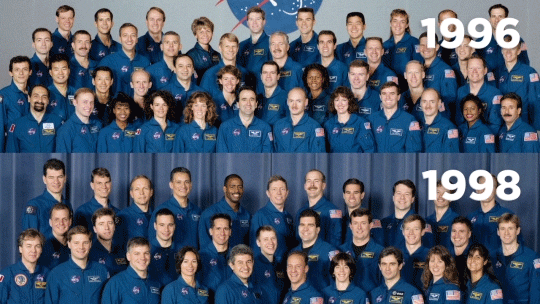
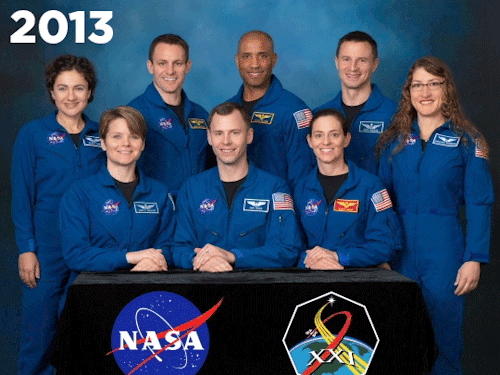
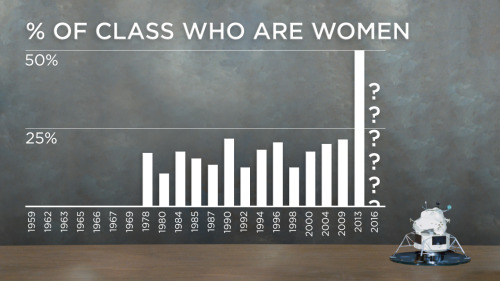
Check out our new video to see every NASA astronaut class. Some patterns emerge.







Pluto (bottom image) with various other non-planets.
Since everyone has their knickers in a knot over Pluto not being a planet, here are various different celestial objects who are also not classified as planets. You’ll notice, just because it’s not called a “planet” doesn’t mean it isn’t cool.
Let us be reminded, there is no heirarchy of celestial bodies. It wasn’t necessarily “demoted” from planethood, it was simply reclassified as something else. There’s literally no reason to be emotionally attatched to the idea of Pluto’s planetary classifaction.
But what “classifies” a planet anyway?
According to the International Astronomical Union, there are 3 basic requirements that it must meet: 1) It orbits the sun 2) Sufficient mass to assume a “hydrostatic equilibrium” (meaning it’s mostly shaped like a globe) 3) Has “cleared its neighborhood” in its orbit.
The third one is where Pluto fails. What they mean by “clearing the neighborhood” is that the orbital path is good and clear. Every planet will still collide with something now and then but their orbital paths are not occupied by anything that is similar to the size of the planet itself. They’re not really in danger of running into much of anything except maybe an asteroid or a comet that might enter their path and collide.
In addition, here is an image showcasing the dwarf planets of the solar system. Pluto isn’t alone in it’s classification.

So don’t be sad over Pluto not being a planet, you’re just being melodramatic. Wipe your tears away with some scientific literacy. ;)
Phase of the moon affects amount of rainfall
Seattle WA (SPX) Jan 31, 2016 When the moon is high in the sky, it creates bulges in the planet’s atmosphere that creates imperceptible changes in the amount of rain that falls below. New University of Washington research to be published in Geophysical Research Letters shows that the lunar forces affect the amount of rain - though very slightly. “As far as I know, this is the first study to convincingly connect t Full article


NGC 1398 in Fornax.
Source: https://imgur.com/7dzEl2s
-
 annatxu5w liked this · 7 months ago
annatxu5w liked this · 7 months ago -
 itz-lujaina-blog liked this · 6 years ago
itz-lujaina-blog liked this · 6 years ago -
 sakuradan liked this · 9 years ago
sakuradan liked this · 9 years ago -
 jsbustaman liked this · 9 years ago
jsbustaman liked this · 9 years ago -
 mrvmt liked this · 9 years ago
mrvmt liked this · 9 years ago -
 xthedevildefeatedouraddictionx reblogged this · 9 years ago
xthedevildefeatedouraddictionx reblogged this · 9 years ago -
 auliaminee-blog liked this · 9 years ago
auliaminee-blog liked this · 9 years ago -
 bllueparadiise liked this · 9 years ago
bllueparadiise liked this · 9 years ago -
 prinxearii liked this · 9 years ago
prinxearii liked this · 9 years ago -
 ddoki reblogged this · 9 years ago
ddoki reblogged this · 9 years ago -
 macresslertech liked this · 9 years ago
macresslertech liked this · 9 years ago -
 firetigeraries reblogged this · 9 years ago
firetigeraries reblogged this · 9 years ago -
 guadalupearacely reblogged this · 9 years ago
guadalupearacely reblogged this · 9 years ago -
 guadalupearacely liked this · 9 years ago
guadalupearacely liked this · 9 years ago